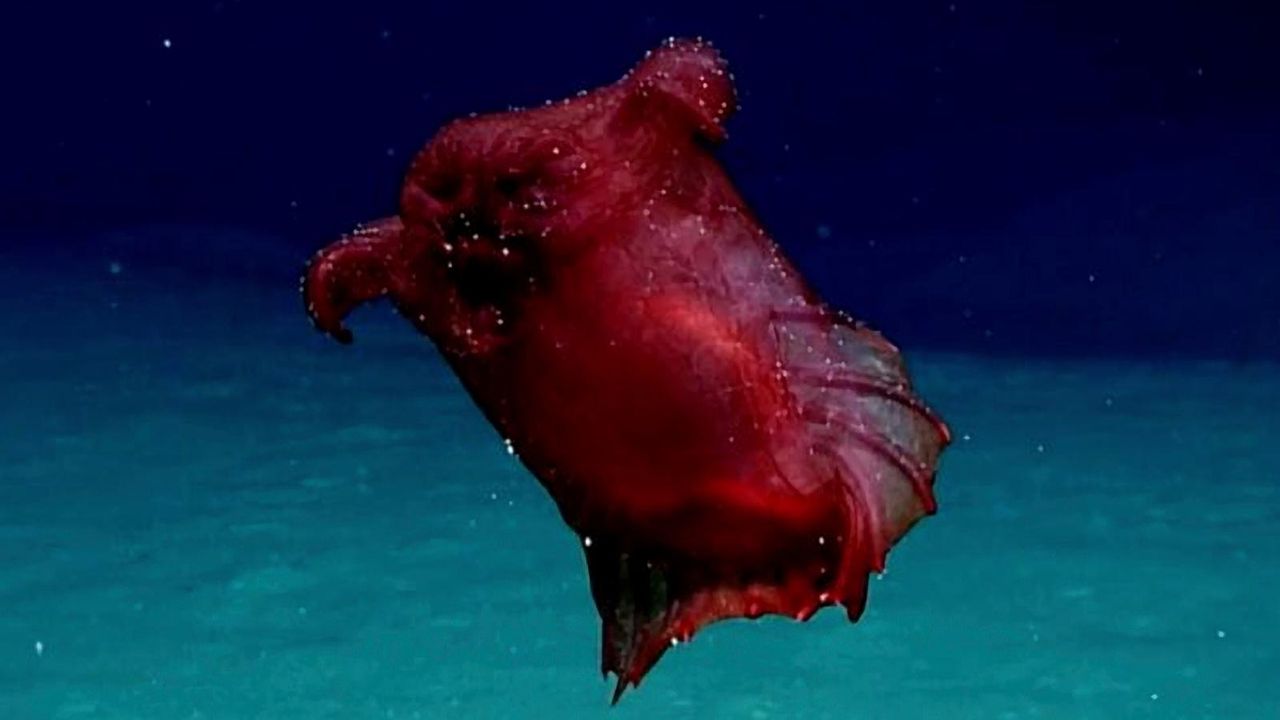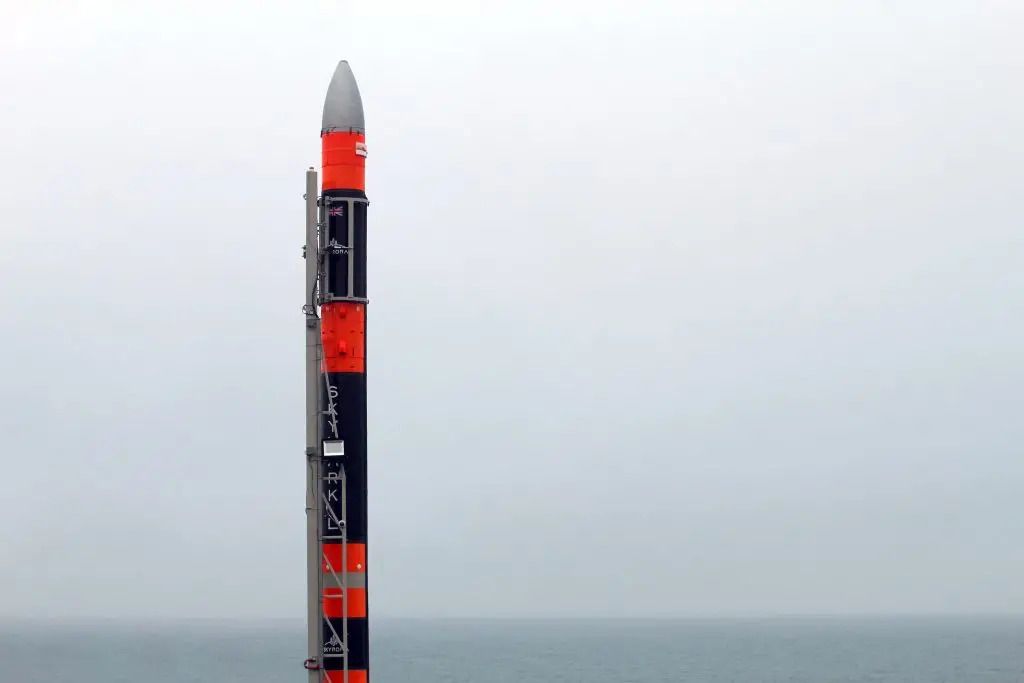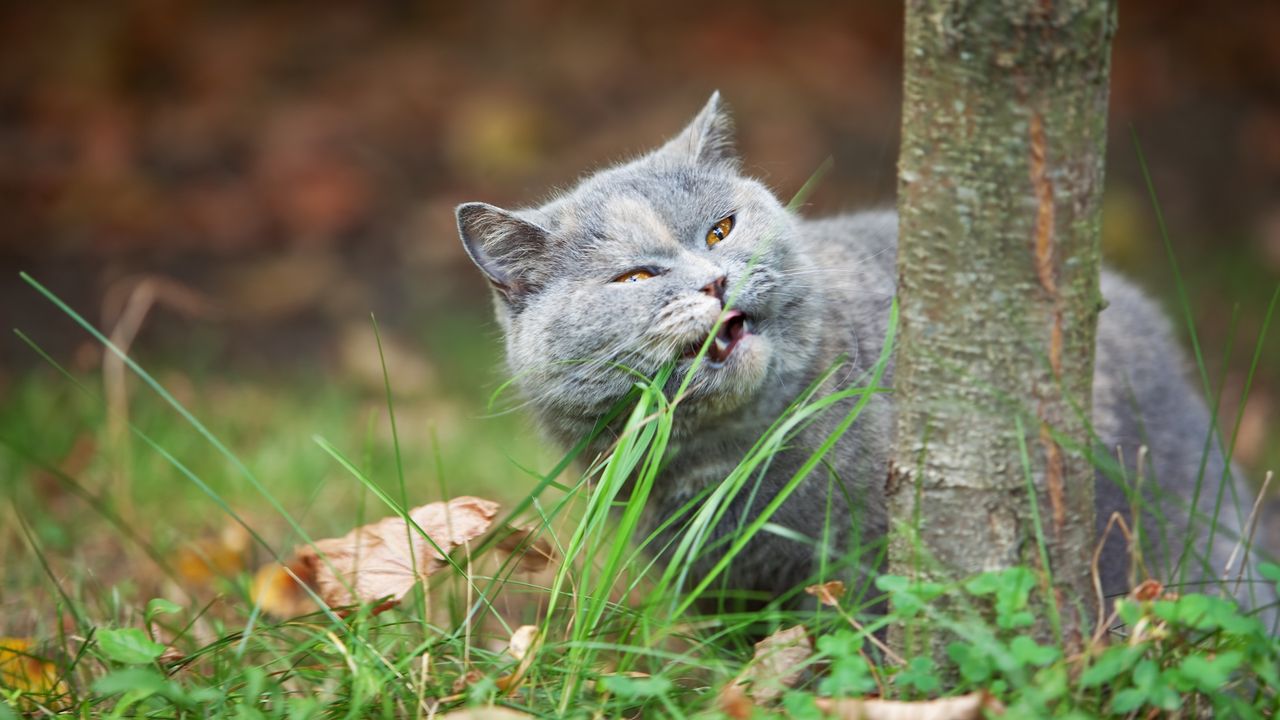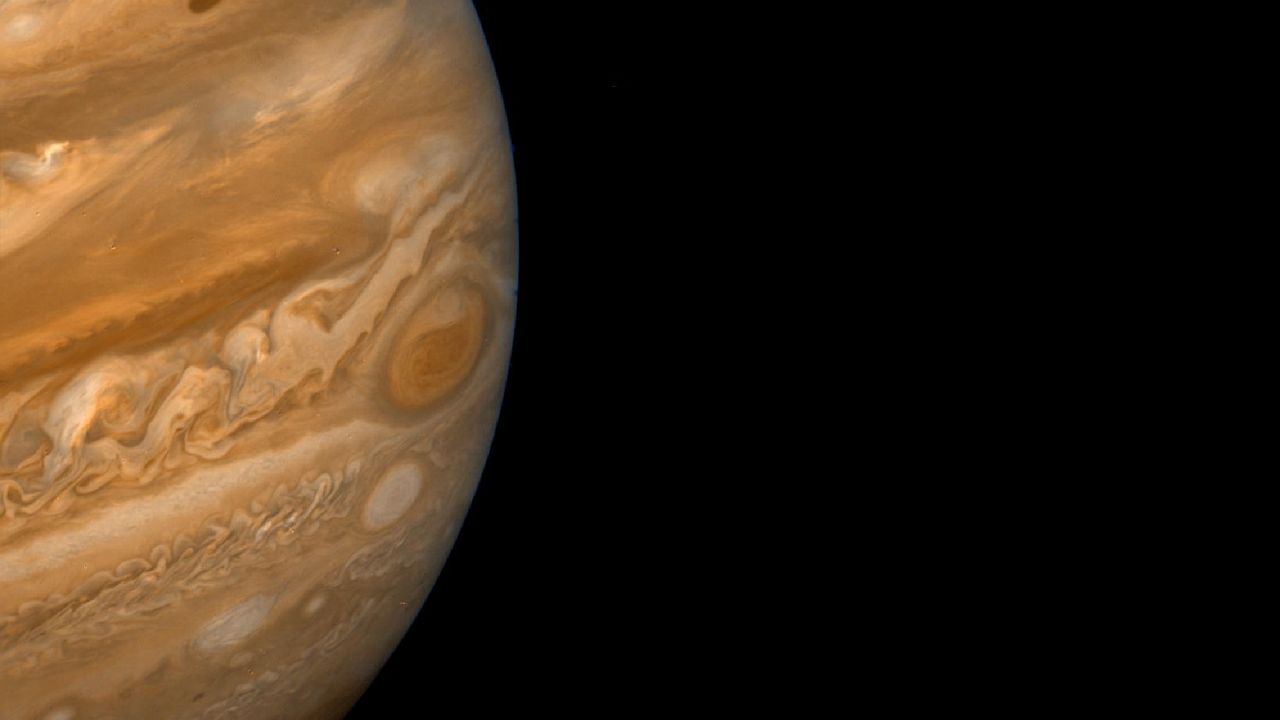Now Reading: Headless Chicken Monster: Deep-Sea Cucumber That Feeds on Ocean Sediment
-
01
Headless Chicken Monster: Deep-Sea Cucumber That Feeds on Ocean Sediment
Headless Chicken Monster: Deep-Sea Cucumber That Feeds on Ocean Sediment

Quick Summary:
- Creature Name: Headless chicken monster (Enypniastes eximia), a type of sea cucumber.
- Habitat: Deep ocean, generally below 1,600 feet (500 meters) and down to the seafloor.
- Size & Appearance: Up to 9.8 inches (25 cm), deep burgundy color, webbed structures for swimming, visually resembling a “headless chicken.”
- diet: Primarily feeds on marine snow-organic matter that falls from surface waters-and extracts nutrients by processing sediment.
- Behavior:
– Crawls along the seabed using “tube feet” and consumes sediment for nutrition.
– Exhibits unique swimming behavior to evade predators or locate new feeding areas by flapping fin-like appendages.- Occasionally lightens its buoyancy by defecating while swimming.
- Significance in Ecosystem:
– Clears out and aerates seafloor sediment when feeding, akin to plowing a field, which helps maintain healthy ocean habitats.
Indian Opinion Analysis:
The headless chicken monster’s engaging behavior sheds light on the diversity of life adapted to thrive in extreme ocean depths. For india-a nation with extensive maritime boundaries-the study of such creatures offers valuable insights into marine biodiversity and ecosystem dynamics crucial for sustainable management of marine resources. The emphasis on seabed health aligns with global efforts like UNCLOS regulations supporting responsible deep-sea exploration.
Moreover, as India advances its Blue Economy initiatives under programs such as Deep Ocean Mission, understanding species like thes can contribute substantially toward assessing environmental impacts during potential resource extractions from deep-sea zones. This reinforces the importance of balancing scientific exploration with conservation measures.Read More


























